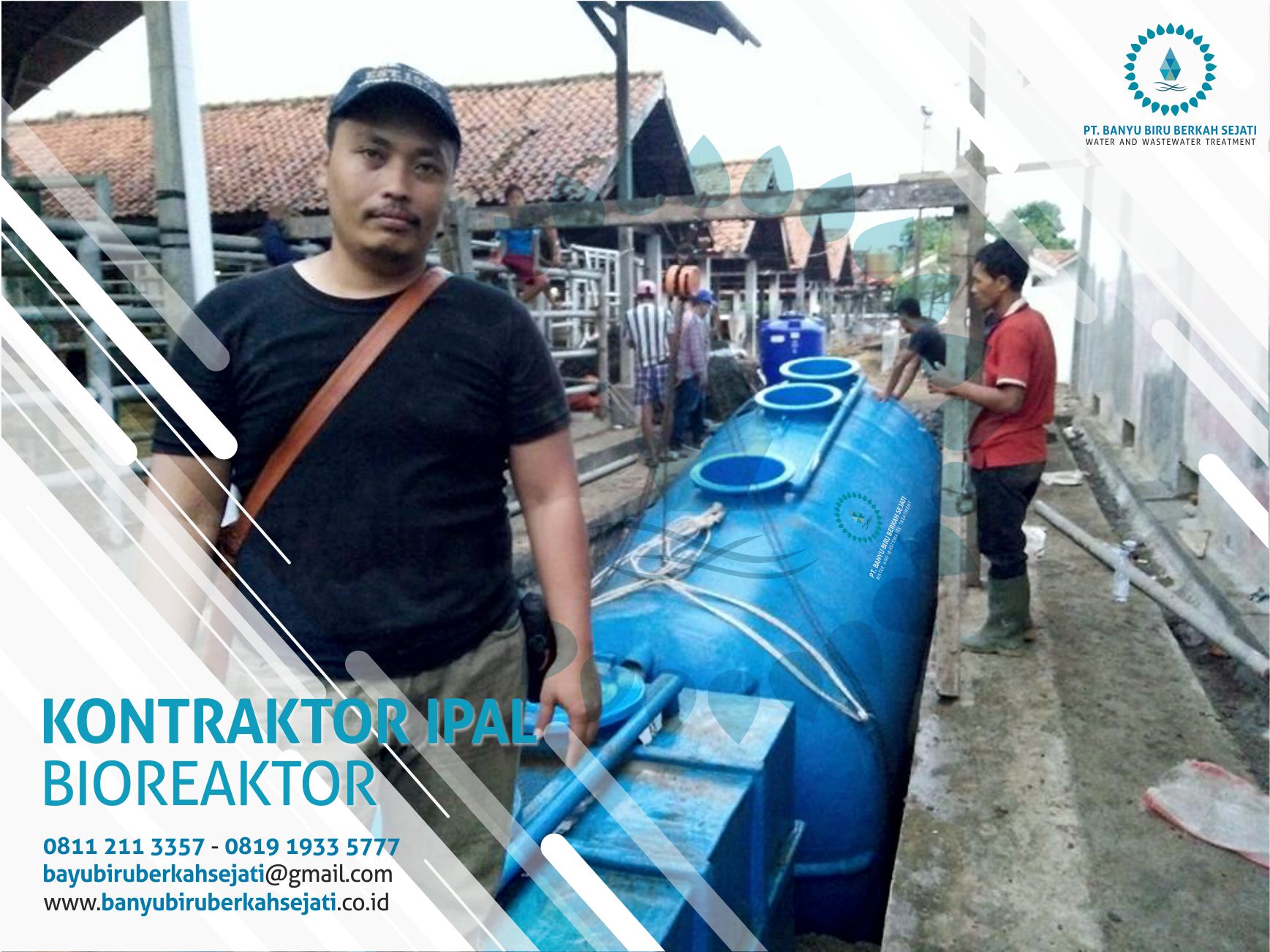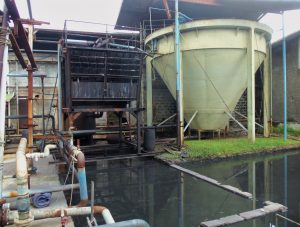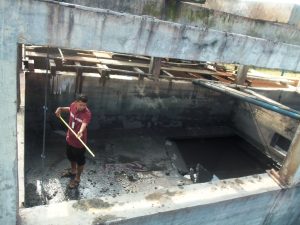Industrial WWTP Consultant
Water quality management is one of the priorities in environmental management in Indonesia. The results of water quality monitoring carried out through the Prokasih program still show high levels of pollutants in water bodies. Water has physical and chemical characteristics that greatly affect the life of the organism in it. If there is a change in the quality of the waters, especially by environmental pollutants, the life balance of the organisms in these waters and even human life in particular can be disrupted. Pollution of the aquatic environment should be controlled at the initial stage of a pollution process that occurs. If the level of water pollution is very dominant, then the prevention and prevention requires very expensive costs.
Sumberdaya air selain merupakan sumber daya alam juga merupakan komponen ekosistem yang sangat penting bagi kehidupan manusia. Kebutuhan akan air cenderung semakin meningkat dari waktu ke waktu, baik untuk memenuhi kebutuhan dasar manusia seperti untuk air minum, air bersih dan sanitasi maupun sebagai sumber daya yang diperlukan bagi pembangunan ekonomi seperti untuk pertanian, industri, pembangkit tenaga listrik dan pariwisata. Air yang digunakan untuk berbagai kebutuhan dan keperluan hingga saat ini dan untuk kurun waktu mendatang masih mengandalkan pada sumber air permukaan, khususnya air sungai. Ketersediaan sumber daya air sungai cenderung menurun karena penurunan kualitas dan kuantitas yang tersedia juga karena kualitas yang ada menjadi tidak dapat dimanfaatkan karena adanya pencemaran.
Pollution has a negative impact on humans, animals, plants and property or in other words on social life. The impact of socioeconomic pollution can be interpreted as an impact on individuals in a shared life as assessed by monetary units (economics). A product produced through the production process of an industry that causes pollution is sold at a relatively cheap price compared to the price of the same product with the same technology, but does not pollute because it already uses waste treatment equipment.
Physics Treatment
In general, prior to further treatment of wastewater, it is desirable that large sized and easily infiltrated ingredients are deposited or floating materials are set aside first. Methods of physical treatment include filtering, settling, floating, stirring and drying sludge.
- Screen (Filtering)
Its function is to hold rough objects such as trash and other floating objects.
- Equalize
The characteristics of industrial wastewater are often not constant, for example the elements of pH, color, BOD and so on. This will complicate the operation of a wastewater treatment plant, so an equalization system is created before the wastewater is treated.
- Sedimentation
Sedimentation Process is the removal of suspended particles that occur when water is stationary or flows slowly through a tub. These particles will accumulate at the bottom of the pond, forming a layer of mud. Water that reaches the tank outlet will be in clear condition. The deposition process that occurs in a sedimentation tank is the main unit in physical processing. There are two types of sedimentation tanks, namely sedimentation tanks with horizontal flow direction and vertical flow.
- Mixing dan Stiring
Mixing is mixing two or more substances to form a homogeneous mixture. Stirring is the mixing of a homogeneous mixture resulting from mixing so that a clumping process occurs from substances that want to be separated from water.
- Draining mud
Sludge content reduction is carried out by physical treatment consisting of one or a combination of the following units:
- Sludge Thickener
- Sludge Drying Bed
Chemical Treatment
Chemical treatment for water that can be done in industrial wastewater treatment is coagulation-flocculation, neutralization, adsorption, and disinfection. This processing uses chemicals as auxiliaries which aim to remove particles that do not easily settle (colloids), heavy metals and toxic organic substances.
Biological Treatment
Biological treatment is waste water treatment by utilizing biological activities (microorganism activity) with the aim of setting aside pollutants in wastewater. The biological treatment process is the reduction of dissolved organic matter and colloids in wastewater into biological cell fibers (in the form of sludge), then deposited in sedimentation tanks.
There are 3 types of biological processing that are widely applied today, namely:
- Trickling filter.
- Oxidation pool.
Among these biological waste treatment systems trickling filters can reduce the BOD value of 80 - 90%. In the biological treatment process by using a type of trickling filter by passing wastewater into the filter media consisting of rough and hard material. Organic matter contained in wastewater is broken down by bacteria from new microorganisms, so that the population of microorganisms on the surface of the filter media increases and forms a layer like mucus (slyme).



